
 13
13




I make a Maple Syrup instructional movie! Check it out HERE
SKIP books, get 'em while they're hot!!! Skills to Inherit Property
See me in a movie building a massive wood staircase:Low Tech Lab Movie
 7
7




Argue for your limitations and they are yours forever.
 4
4




I make a Maple Syrup instructional movie! Check it out HERE
SKIP books, get 'em while they're hot!!! Skills to Inherit Property
See me in a movie building a massive wood staircase:Low Tech Lab Movie
 5
5




Argue for your limitations and they are yours forever.
 4
4




Mike Haasl wrote:This chunk of wood from my neighbor would be about 36" in diameter so maybe my local bears wouldn't be strong enough to topple it.
A build too cool to miss:Mike's GreenhouseA great example:Joseph's Garden
All the soil info you'll ever need:
Redhawk's excellent soil-building series





 7
7





I make a Maple Syrup instructional movie! Check it out HERE
SKIP books, get 'em while they're hot!!! Skills to Inherit Property
See me in a movie building a massive wood staircase:Low Tech Lab Movie
 5
5




Mike Haasl wrote:I think you're right Trace...
I've been noodling on this more. I'm currently thinking about making the hive the "normal" size and then putting it on top of a cedar post. The post would go 4-6' deep for stability and the bottom of the hive would be 7' or so off the ground. Then I'll wrap the cedar post with single wall chimney pipe so the bears can't climb it. I'm thinking a beefy ass 10-14" diameter post. Then to work on the hive I'd have to do it from a step ladder. I could put it on the downwind side of a row of pines for wind protection. Plus then it won't be inside any fences so the bears won't have a reason to tear through them to investigate the hive. From a distance the hive would look like a huge birdhouse on a post

A build too cool to miss:Mike's GreenhouseA great example:Joseph's Garden
All the soil info you'll ever need:
Redhawk's excellent soil-building series





 2
2




I make a Maple Syrup instructional movie! Check it out HERE
SKIP books, get 'em while they're hot!!! Skills to Inherit Property
See me in a movie building a massive wood staircase:Low Tech Lab Movie
 11
11





I make a Maple Syrup instructional movie! Check it out HERE
SKIP books, get 'em while they're hot!!! Skills to Inherit Property
See me in a movie building a massive wood staircase:Low Tech Lab Movie
 3
3




Mike Haasl wrote:Hey, I'm back to working on this. My neighbor's trees came down and I've been cutting and splitting like crazy. The biggest log chunk is 21-22" diameter at the small end after the bark goes away. So I think it would be perfect for a hive. 10-12" core with a 5" wall sounds ideal. To get 40 liters of internal volume it only needs to be 22" tall. I think I'd do more like 4'.
To do my bear prevention, I'm now thinking I'll put two 12' posts in the ground (4' deep). Then I'll lag bolt the log hive to the posts so the hive is several feet off the ground. Ideally so the top is above easy bear reach but not too high to safely access from a 6' step ladder.
I think I'll attempt a rough copy of Hal's log hive design from this video:
I'll put bars in the top per Michael Cox's design in the hopes that I could harvest some honey someday. But it would be one integrated log, not cut apart chunks (due to bears...)

I'd use a chunk of the log as the roof, I'd just need a hasp system to lock it on in a way that a bear can't rip off. Pics will be coming...
A build too cool to miss:Mike's GreenhouseA great example:Joseph's Garden
All the soil info you'll ever need:
Redhawk's excellent soil-building series





 11
11




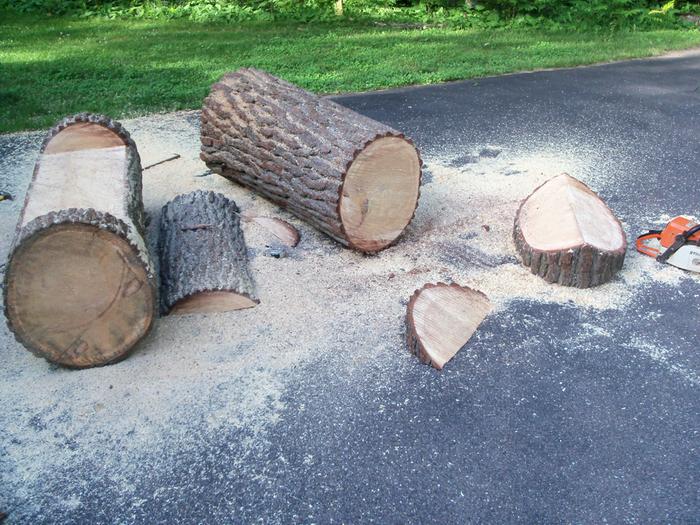
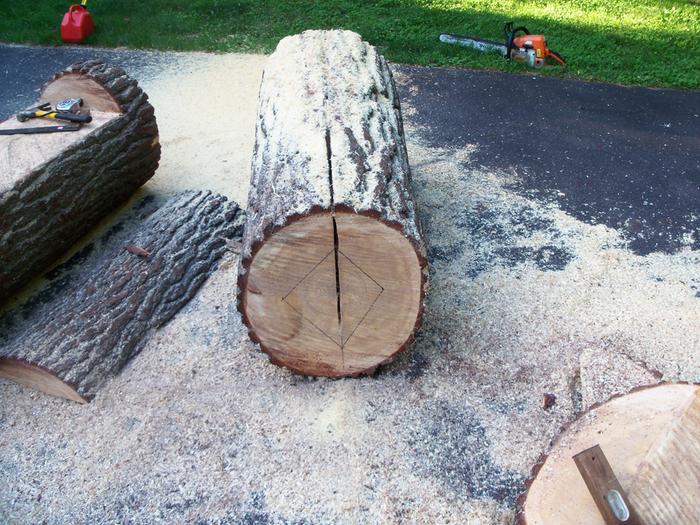
I make a Maple Syrup instructional movie! Check it out HERE
SKIP books, get 'em while they're hot!!! Skills to Inherit Property
See me in a movie building a massive wood staircase:Low Tech Lab Movie
 10
10




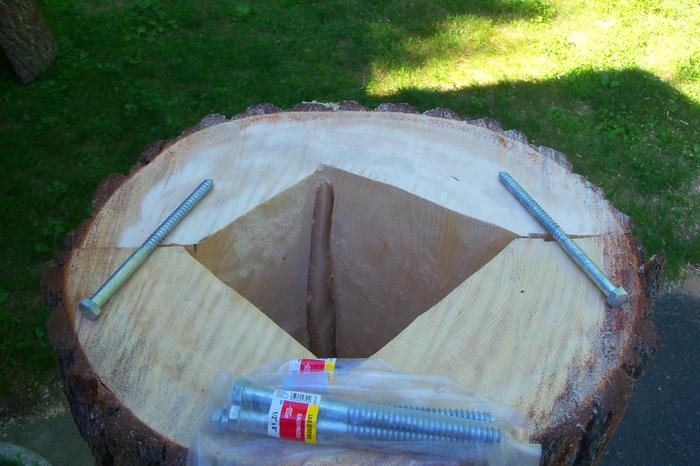
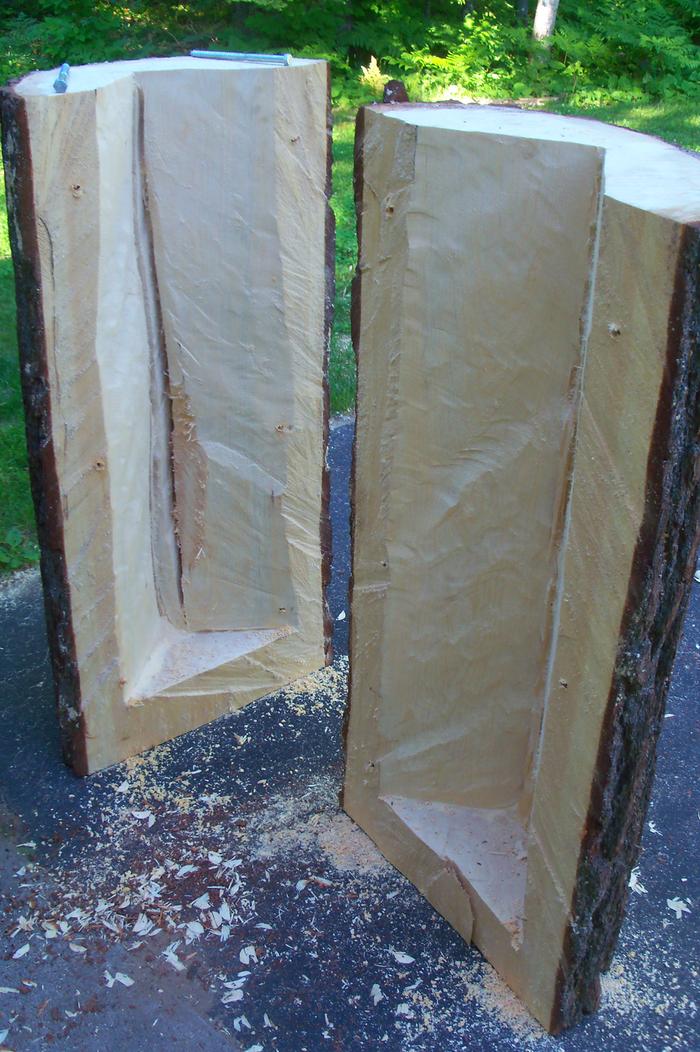
I make a Maple Syrup instructional movie! Check it out HERE
SKIP books, get 'em while they're hot!!! Skills to Inherit Property
See me in a movie building a massive wood staircase:Low Tech Lab Movie
 6
6




I make a Maple Syrup instructional movie! Check it out HERE
SKIP books, get 'em while they're hot!!! Skills to Inherit Property
See me in a movie building a massive wood staircase:Low Tech Lab Movie
 5
5




Argue for your limitations and they are yours forever.
 3
3




 Wish I had thought ahead. This project is just an attempt to copy some of what I've seen on the youtube in the hopes of giving some swarming honeybees a place to move into. And maybe to steal some comb from if I'm feeling frisky.
Wish I had thought ahead. This project is just an attempt to copy some of what I've seen on the youtube in the hopes of giving some swarming honeybees a place to move into. And maybe to steal some comb from if I'm feeling frisky.
I make a Maple Syrup instructional movie! Check it out HERE
SKIP books, get 'em while they're hot!!! Skills to Inherit Property
See me in a movie building a massive wood staircase:Low Tech Lab Movie
 6
6




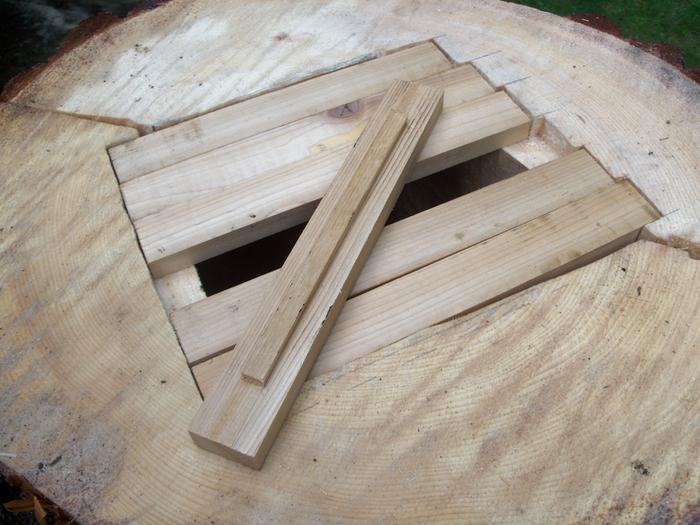
I make a Maple Syrup instructional movie! Check it out HERE
SKIP books, get 'em while they're hot!!! Skills to Inherit Property
See me in a movie building a massive wood staircase:Low Tech Lab Movie
 8
8





I make a Maple Syrup instructional movie! Check it out HERE
SKIP books, get 'em while they're hot!!! Skills to Inherit Property
See me in a movie building a massive wood staircase:Low Tech Lab Movie
 10
10




![Filename: log-hive-hole-saw.jpg
Description: [Thumbnail for log-hive-hole-saw.jpg]](/t/138758/a/111457/log-hive-hole-saw.jpg)
 7
7




I make a Maple Syrup instructional movie! Check it out HERE
SKIP books, get 'em while they're hot!!! Skills to Inherit Property
See me in a movie building a massive wood staircase:Low Tech Lab Movie
 6
6




I make a Maple Syrup instructional movie! Check it out HERE
SKIP books, get 'em while they're hot!!! Skills to Inherit Property
See me in a movie building a massive wood staircase:Low Tech Lab Movie
 3
3




Argue for your limitations and they are yours forever.
 2
2




I make a Maple Syrup instructional movie! Check it out HERE
SKIP books, get 'em while they're hot!!! Skills to Inherit Property
See me in a movie building a massive wood staircase:Low Tech Lab Movie
 4
4




Mike Haasl wrote:Thanks Mike! Any need to put it on the opening or can they sniff it out from inside?
When you reach your lowest point, you are open to the greatest change.
-Avatar Aang
 4
4





Gettin' old sucks and it ain't for sissies!
 10
10





I make a Maple Syrup instructional movie! Check it out HERE
SKIP books, get 'em while they're hot!!! Skills to Inherit Property
See me in a movie building a massive wood staircase:Low Tech Lab Movie
 2
2




Argue for your limitations and they are yours forever.
 2
2




 It's getting kinda cold so I think it will be vacant till next year. The people down the road who normally have bees may not have this year. I haven't seen many honeybees at all around here this summer.
It's getting kinda cold so I think it will be vacant till next year. The people down the road who normally have bees may not have this year. I haven't seen many honeybees at all around here this summer.I make a Maple Syrup instructional movie! Check it out HERE
SKIP books, get 'em while they're hot!!! Skills to Inherit Property
See me in a movie building a massive wood staircase:Low Tech Lab Movie
 2
2




 7
7




 3
3




Determining the difference between Bockings 4 and 14 is done by consensus. It's like trying to identify the difference between twins.
"There are other spots on the web to get my fix proving someone is an idiot but no other place for what I get here." -- former permie Brice Moss, 2012.
 3
3





 3
3




Mike Haasl wrote:...I think it will be vacant till next year.
 3
3




I make a Maple Syrup instructional movie! Check it out HERE
SKIP books, get 'em while they're hot!!! Skills to Inherit Property
See me in a movie building a massive wood staircase:Low Tech Lab Movie
 5
5




Argue for your limitations and they are yours forever.
 2
2




I make a Maple Syrup instructional movie! Check it out HERE
SKIP books, get 'em while they're hot!!! Skills to Inherit Property
See me in a movie building a massive wood staircase:Low Tech Lab Movie
 1
1





|
Where's our bucket of delicious fishes? Check this tiny ad:
Learn Permaculture through a little hard work
https://wheaton-labs.com/bootcamp
|





